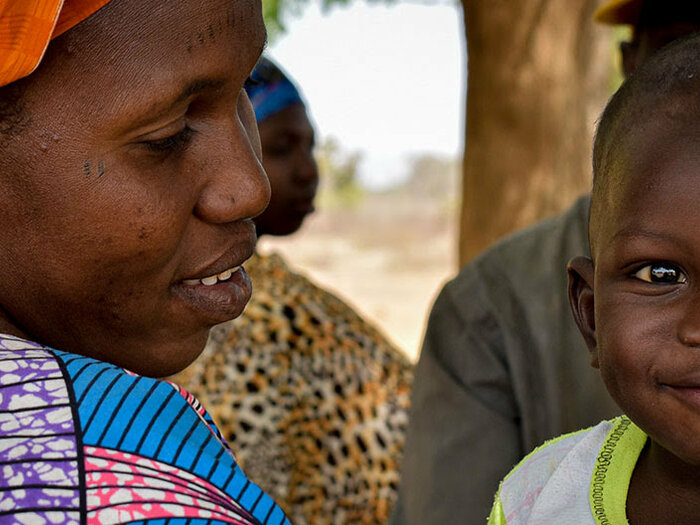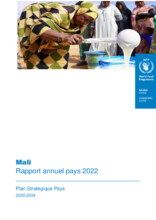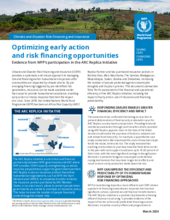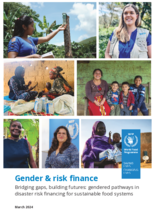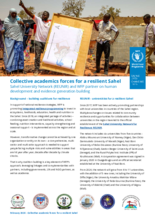Mali
- 30.4%
- of children under 5 are stunted
- 4.3 million
- people required humanitarian assistance in 2020
- 19.1 million
- population
Mali is a vast, land-locked country in the heart of the Sahel region. With social indicators among the lowest in the world, the country ranks 184 out of 189 on UNDP’s 2019 Human Development Index and faces serious challenges in the achievement of Sustainable Development Goal 2 on Zero Hunger and improved nutrition.
The cumulative effects of frequent drought, armed violence and widespread insecurity have contributed to a progressive deterioration of livelihoods in the country. Poverty is on the rise, affecting 78.1 percent of people, and food insecurity levels are twice as high in families headed by women– a reflection of widespread gender inequalities.
What the World Food Programme is doing in Mali
-
Crisis response
-
WFP reaches shock and crisis-affected populations with food or cash emergency assistance to save lives and protect livelihoods. WFP responds to large-scale crises, mainly linked to climate and conflict, but also to seasonal shocks. In 2019, WFP carried out emergency food assistance to more than 700,000 people including refugees and internally displaced persons.
-
School feeding
-
WFP supports the Government’s National School Meal Programme by providing nutritious school meals and reinforcing the capacities of national counterparts. The provision of school meals improves access to education, enhancing learning and avoiding marginalization, especially for young girls. In 2019, WFP reached 133,000 schoolchildren with a daily nutritious meal.
-
Nutrition
-
WFP provides supplementary feeding and other nutrition support to several vulnerable groups, including underweight children suffering from chronic and moderate-to-acute malnutrition, and children under 5 who are acutely malnourished. WFP also provides nutrition assistance to pregnant women and breastfeeding mothers, as well as supporting nutrition awareness activities at the community level.
-
Resilience
-
In a country where humanitarian and development agendas increasingly intersect, WFP is scaling up complement long-term programmes that reduces the need for a humanitarian response. This integrated approach to resilience includes the creation of assets (roads, dams and water ponds) alongside school feeding and nutrition activities in the same communities over a defined period of time.
-
Capacity strengthening
-
WFP provides a package of capacity-strengthening support to national institutions and entities in analysis, planning, coordination, policy coherence, implementation and monitoring. The development of capacities in these areas is key to sustaining improvements in well-being achieved through other activities.
-
Logistics
-
Due to long distances, poor road conditions and security constraints in central and northern Mali, the WFP- managed United Nations Humanitarian Air Service (UNHAS) plays a key role in facilitating access to vulnerable populations by the humanitarian community. air transport plays a key role. In 2019, 10 destinations were served and a total of 12,500 passengers and 27,000 kg of freight transported.
Mali news releases
Go to pagePartners and donors
Find out more about the state of food security in Mali
Visit the food security analysis pageContacts
Office
Badalabougou Est, Rue 31, Porte 26 – BP120 – Bamako – Mali
Bamako
Mali

